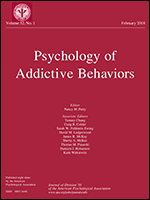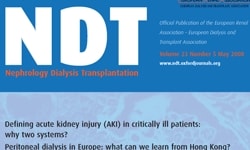
“In the past twenty years, twenty-eight states and the District of Columbia have passed some form of medical marijuana law. Using quarterly data on all fee-for-service Medicaid prescriptions in the period 2007–14, we tested the association between those laws and the average number of prescriptions filled by Medicaid beneficiaries. We found that the use of prescription drugs in fee-for-service Medicaid was lower in states with medical marijuana laws than in states without such laws in five of the nine broad clinical areas we studied. If all states had had a medical marijuana law in 2014, we estimated that total savings for fee-for-service Medicaid could have been $1.01 billion. These results are similar to those in a previous study we conducted, regarding the effects of medical marijuana laws on the number of prescriptions within the Medicare population. Together, the studies suggest that in states with such laws, Medicaid and Medicare beneficiaries will fill fewer prescriptions.” https://www.healthaffairs.org/doi/abs/10.1377/hlthaff.2016.1135?journalCode=hlthaff
“Medical Marijuana Laws Reduce Prescription Medication Use In Medicare Part D” https://www.healthaffairs.org/doi/abs/10.1377/hlthaff.2015.1661
“US states that allow medical marijuana see drop in prescriptions for other drugs, study finds. American states that allow patients access to medical marijuana are seeing fewer prescriptions per doctor for pharmaceutical drugs in several disease categories where marijuana is a potential treatment, a study in Health Affairs has found.” http://www.bmj.com/content/354/bmj.i3942.full








